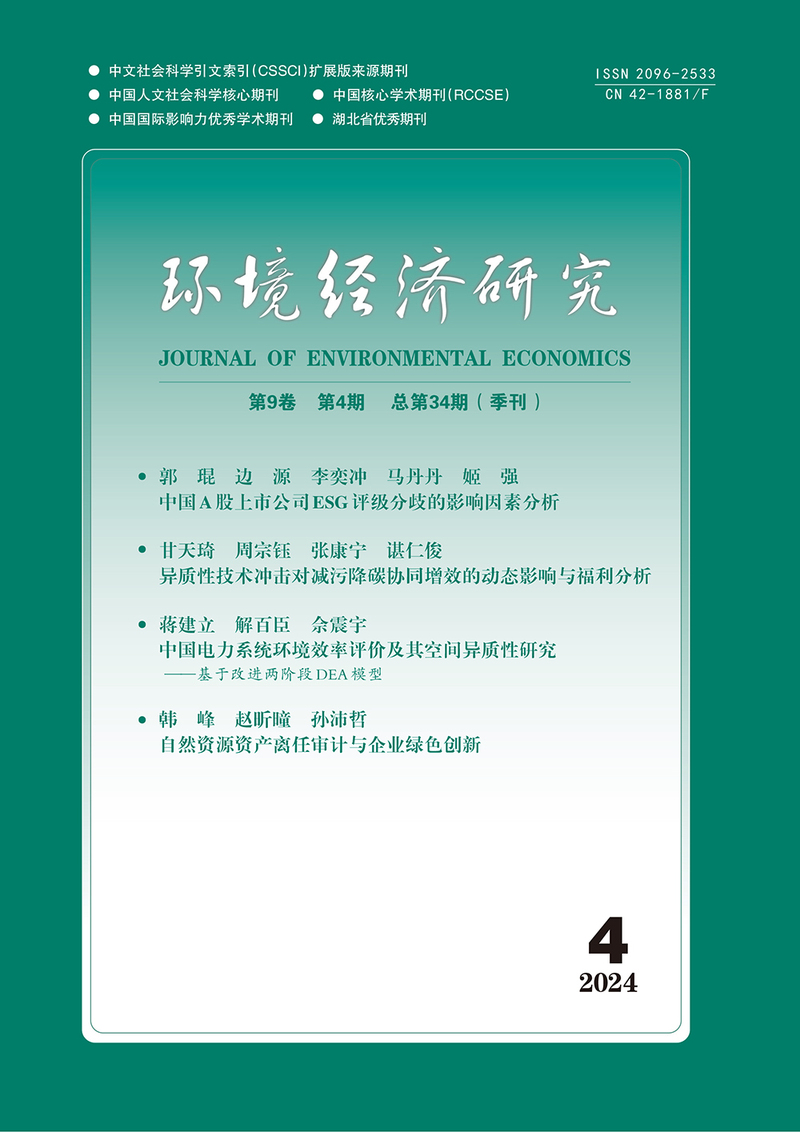Carbon Emission Allowance’s Menu Auction and its Allocation Efficiency
Wang Mingxi, Hu Yi and Cao Jie
摘要:随着全国性碳交易市场筹建的步伐逐步逼近,碳排放权初始配置方式的选择及其配置效率成为管理层和决策者亟待解决的焦点问题。为此,本文基于碳交易市场微观结构,设计一个“菜单式”碳排放权拍卖机制,演绎减排企业的均衡竞标策略和菜单决策行为,导出政府最佳的调控措施和实施工具。结果显示:历史法配置方式不利于微观经济体实施有效的减排行为,且二级交易市场存在较大的波动风险,其症结是供给侧企事业单位的逆向选择。为了有效解决此问题,政府可以实施适当的市场干预和调控措施,制定合理的拍卖保留价和二级市场交易价格,使得二级市场交易价格维持在理想水平,推动我国碳交易市场的平稳运行。
关键词 : 碳排放权; 菜单式拍卖;逆向选择;季节性聚类
Abstract: Before the national carbon trading market launching in China, it is an important issue for management and decision makers to decide what the initial allocation method of carbon emission rights is and how its performance is. Based on the market microstructure of carbon trading, this paper developed a“menu auction”mechanism for carbon emission rights. In such auction, we examine the equilibrium bidding strategy and menu decision-making, and discuss the best government regulation policy. We find that the grandfather allocation principle for carbon emission rights is not a good option in terms of abatement effectiveness, and there exists the risk of volatility in the secondary market. The underlying reason is the adverse selection among emitting entities. Therefore, it is necessary for the government to implement certain market intervention to avoid the occurrence of such selection action by setting the reserve price and the secondary market price in the menu auction. In doing so, our auction mechanism keeps the secondary market price at an ideal level in order to improve Chinese carbon-trading market.
Keywords: Carbon Emission Allowance; Menu Auction; Adverse Selection; Seasonal Clustering
DOI:10.19511/j.cnki.jee.2017.04.002
